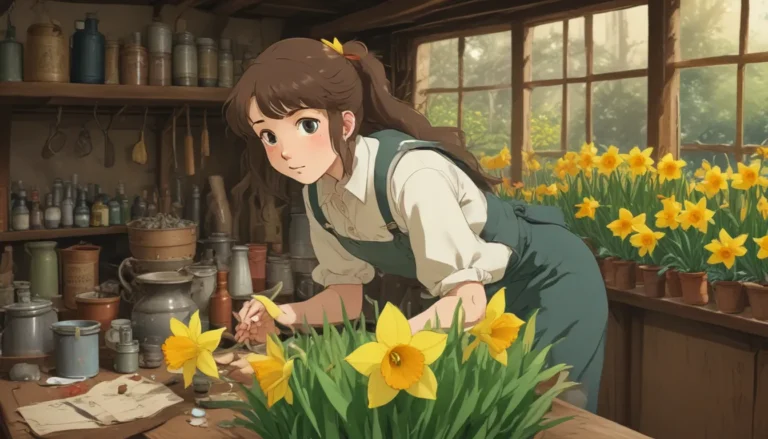How to Change the Color of Hydrangea Flowers: A Comprehensive Guide

Welcome to our in-depth guide on how to change the color of hydrangea flowers. Hydrangeas are known for their large, attractive flower heads that come in a variety of vibrant shades. In this article, we will delve into the science behind changing hydrangea colors, the different cultivars to select, and step-by-step methods for transforming blue flowers into pink or vice versa.
What You’ll Learn
Let’s start with the basics of hydrangeas, the cultivars to select, and how to change colors depending on the desired outcome.
Hydrangea Basics
Hydrangeas belong to the Hydrangeaceae family, with approximately 80 species of flowering shrubs and vines. The two notable species for color-changing abilities are H. macrophylla (bigleaf) and H. serrata (mountain hydrangea).
These color shifts occur due to the acidity or alkalinity of the soil. For optimal results, allow your plant’s true colors to show over two growing seasons before making any changes to the soil composition.
Cultivars to Select
When shopping for hydrangeas, look for cultivars that offer variable flower shades. Some popular options include:
- Bloom Struck: features large, showy flowers that can be blue, mauve, or pink depending on the soil pH.
- Tuff Stuff Red: a red mountain hydrangea with bicolored blooms that appear purple and blue in acidic soils.
How to Change Colors
To change hydrangea flower colors, you need to adjust the soil pH. Blue flowers thrive in acidic soil (pH of 4.5-5.5), while pink flowers prefer slightly alkaline soil (pH of 6.0-7.0).
For Blue Flowers
To transform pink flowers into blue, follow these steps:
- Aluminum Sulfate: Mix one to four tablespoons with one gallon of water and apply around the plant. Reapply in March, April, and May.
- Garden Sulfur: Apply at the rate of half a cup per 10 square feet. Reapply annually.
- Soil Acidifiers: Use products like Espoma Soil Acidifier to turn pink hydrangeas blue. Apply in spring and reapply every two months.
For Pink Flowers
To change blue flowers into mauve or pink, make the soil more alkaline:
- Garden Lime: Apply garden lime at the rate of 1/2 cup per 10 square feet. Test pH levels in spring and reapply monthly.
- Wood Ashes: Apply wood ashes sparingly in winter and monitor soil pH after each application.
Blue is the New Pink!
Changing hydrangea colors requires time, patience, and consistent soil amendments. Remember to test pH levels regularly and be patient as the changes may take several months to appear.
Do you have a favorite method for altering hydrangea flower colors? Share it in the comments below and feel free to share pictures of your color-changing hydrangeas!
For more tips on growing hydrangeas, check out the following articles:
- How to Grow Beautiful Hydrangeas from Cuttings
- 7 Reasons Why Hydrangea May Not Bloom
- 25 of the Best Hydrangea Varieties for Landscaping
- How to Identify and Treat Hydrangea Diseases
By following these guidelines, you’ll be able to transform your hydrangeas into a vibrant display of colors. Happy gardening!





